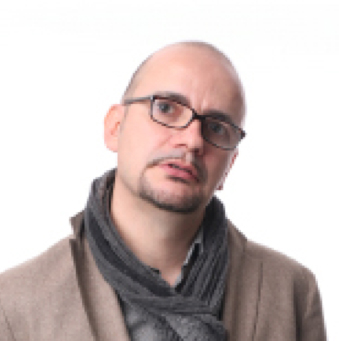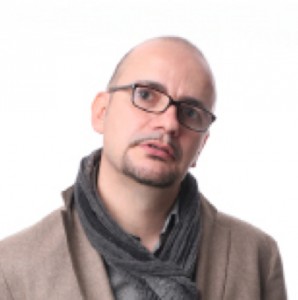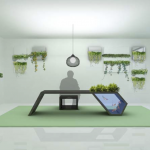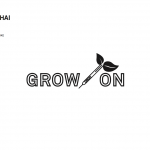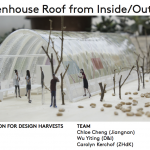Zurich University of the Arts, Head of Department of Design | Media & Spatial Design
My Websites
- hansuli.wordpress.com > pesonal site with my curricula and projects
- facebook.com/hanu.matter > social media site
- pinterest.com/hanumatter > ‘twitter’ for visual content
- welcome2india.wordpress.com > india project site
- design.zhdk.ch > official site of the department design ZHdK
- designzuerich.zhdk.ch > interactive archive of designers who are connected with the ZHdK
My focus as a Designer
Im interested into interfaces which link the virtual with the architectonical space, love the reduction (less is more) as i think that we need to reduce to achieve a sustainable world, explore the field of intercultural competence (actually reading ‘the geography of thougth – why asians and westerners think differently .. and why’ – from Richard E. Nisbett). You find more of my projects on hansuli.wordpress.com.
My motivation to take part in the International Design School
Intercultural competence is the ability to communicate successfully with people of other cultures. In interactions with people from foreign cultures, a person who is intercultural competent understands the culture-specific concepts of perception, thinking, feeling, and acting.
Intercultural competence is also called “cross-cultural competence”. Cultures can be different not only between continents or nations but also within the same company and even within the same family. The differences may be ethical, ethnic, geographical, historical, moral, political, or religious.
The basic requirements for intercultural competence are empathy, an understanding of other people’s behaviors and ways of thinking, and the ability to express one’s own way of thinking. It is a balance, situational adapted, among four parts:
- Knowledge (about other cultures and other people’s behaviors)
- Empathy (understanding the feelings and needs of other people)
- Self-confidence (knowledge of one’s own desires, strengths, weaknesses, and emotional stability)
- Cultural identity (knowledge of one’s own culture)
